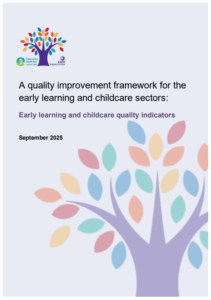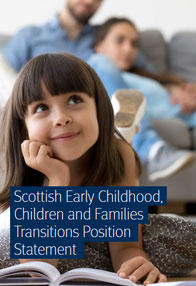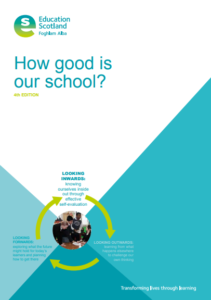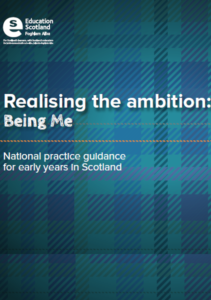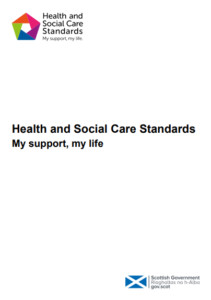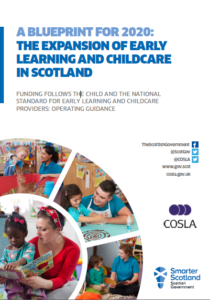Gender Equality
– Reflecting on Practice
Children Experience High-Quality Spaces p22 – Children Influence and Affect Change
We have a supportive environment where children are valued and celebrated. High-quality resources and spaces promote diversity, equity and inclusion.
Children, their families and wider communities are positively reflected in the resources, spaces and experiences available. Children feel seen and included.
Wellbeing, Inclusion and Equality p53 – Positive Relationships and Wellbeing
Each child is valued by staff as an individual with their own personality, views, needs, and rights.
Children experience supportive and trusting relationships that strengthen their wellbeing, confidence and self-esteem.
We know each child as an individual and recognise their unique needs, wishes and choices.
Wellbeing, Inclusion and Equality p54 – Universal Support
We ensure all children are included, engaged and involved in ways that are meaningful to them.
Barriers to participation are identified early and reduced or removed.
Wellbeing, Inclusion and Equality p56 – Inclusion and Equality
We promote and support inclusion and children’s rights and encourage all children
to be fully involved in the life of the setting.
We value diversity and challenge discrimination.
Our staff work in partnership with parents/carers and partners to promote and support diversity and enrich children’s experiences.
Wellbeing, Inclusion and Equality p57 – Challenge Questions
How do we know that all children feel included, engaged and involved?
What strategies do we use to remove or reduce barriers to children’s participation?
How do we ensure that our environment promotes a sense of belonging for all children?
p5
Young children naturally expect professionals to care about, understand, value and respect them and their family life, language and culture. If these expectations aren’t realised, instead of developing a sense of belonging and wellbeing within the new situation, there is a risk that children will feel isolated, insecure or excluded.
p7
Every child and family is entitled to recognition of their own culture, identity, language and histories and to these being met by high quality, equitable provision in our ELC and school settings. Knowing that receiving settings will always make time to see and get to know each child and their family as a unit, is fair and just.
QI 2.2 p35 Curriculum – Features of highly-effective practice
We make our children and young people aware of a range of careers and the skills required for them. We challenge gender stereotypes within careers.
QI 3.1 p48 Inclusion & Equality- Level 5 illustration
In our school age, disability, gender reassignment, marriage and civil partnership, pregnancy, race, religion or belief, sex and sexual orientation are not barriers to participation and achievement.
QI 3.3 p53 Increasing creativity and employability – Features of Highly Effective Practice
The school is proactive in addressing gender imbalances across the curriculum and challenging any prejudice-based choices about future careers and learning pathways.
1.1 I am accepted and valued whatever my needs, ability, gender, age, faith, mental health status, race, background or sexual orientation.
1.2 My human rights are protected and promoted and I experience no discrimination.
4.1 My human rights are central to the organisations that support and care for me.
4.2 The organisations that support and care for me help tackle health and social inequalities.
